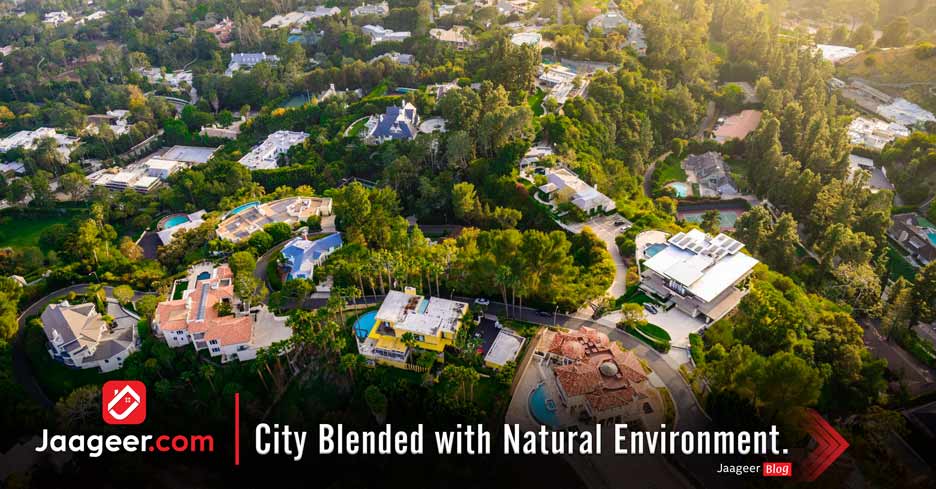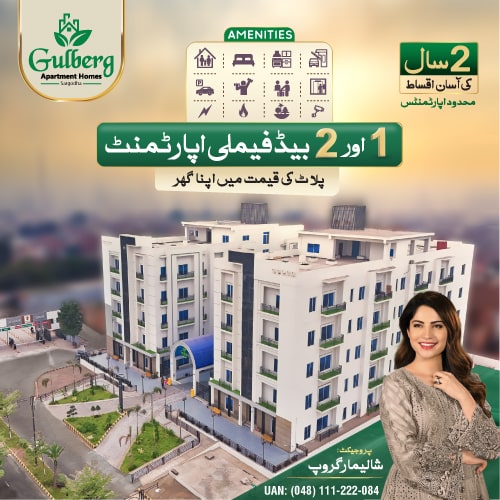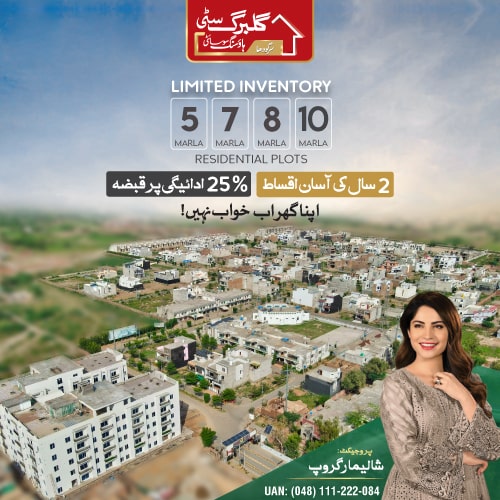When the term urban forest clicks the mind, the first notion comes is trees, plants, and wildlife along with urban surroundings. Defining an urban forest we say that any kind of woody plant, vegetation growing in and around human settlements. We have a deep relation between natural and man-made environments.
An urban forest includes the trees and shrubs in an urban area. It includes trees in yards, along streets, watersheds, and utility corridors. Green infrastructure is the natural and semi-natural infrastructure within a city that provides ecosystem services like stormwater management or air pollution abatement.
What Challenges Does Urban Forest Face?
Insufficient resources for proper care. Encroachment from Development. Difficult growing conditions. Incomplete public understanding of the benefits provided by the urban forest.Urban environments create challenging conditions for tree growth. Limited resources also hinder efforts to inventory public and private green space. the benefits they provide may be poorly understood and undervalued by the public and by decision-makers. All green infrastructure requires careful installation and plans for long-term maintenance, to avoid damage to roads, sidewalks, and property.
Benefits of Building Urban Forests:
Contribute to the physical and mental health of urban dwellers Enhance air quality Improve scenic quality and aesthetic appeal Enhance agricultural productivity Reduce noise Mitigate the heat island effect Calm traffic and reduce driver speeds Increase residents’ connection to natureWith an extensive and healthy urban forest, air quality can be drastically improved. Trees help to lower air temperatures. As cities struggle to comply with air quality standards, trees can help to clean the air. The most serious pollutants in the urban atmosphere are ozone, nitrogen oxides (NOx), sulfuric oxides (SOx), and particulate pollution. Trees are an important, cost-effective solution to reducing pollution and improving air quality. In addition to the uptake of harmful gases, trees act as filters intercepting airborne particles and reducing the amount of harmful particulate matter. Urban forests and trees help purify water sources by slowing down rain as it falls to the earth and help it soak into the soil, thereby naturally filtering out pollutants that can potentially enter water supply sources. Moderating the local climate, slowing wind and storm air results in cooling heat island effect that plague major cities in peak summer months.
Trees in urban forests provide food and shelter for wildlife in cities. Birds and small mammals use trees as nesting sites. Not only do urban forests protect land animals and plants, but they also sustain fish and water animals that need shade and lower temperatures to survive.
The economic benefits of trees and various other plants have been understood for a long time. Quantification of the economic benefits of trees helps justify public and private expenditures to maintain them.
The decisions that are taken today will have a greater impact on the communities far into the future. The need of the time is to shift our cities to build urban resilience. We can wake up and change the way we think of and plan for the urban forest.








